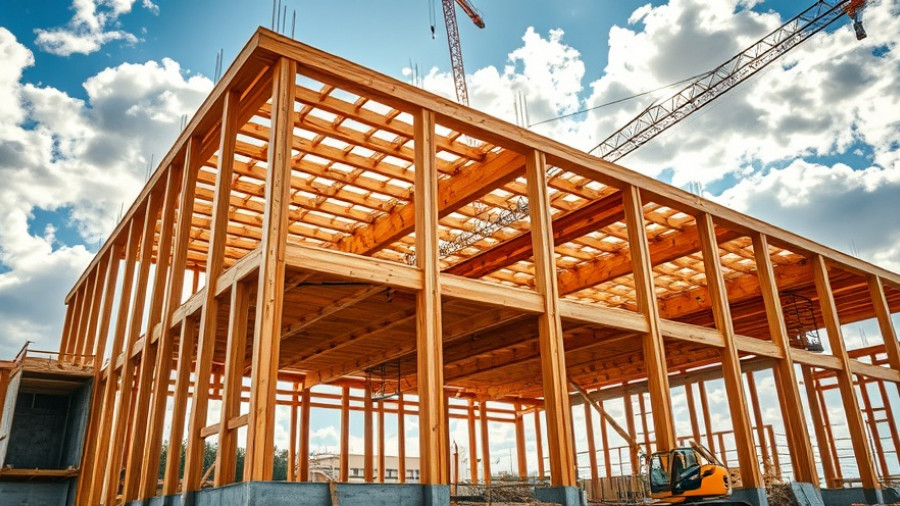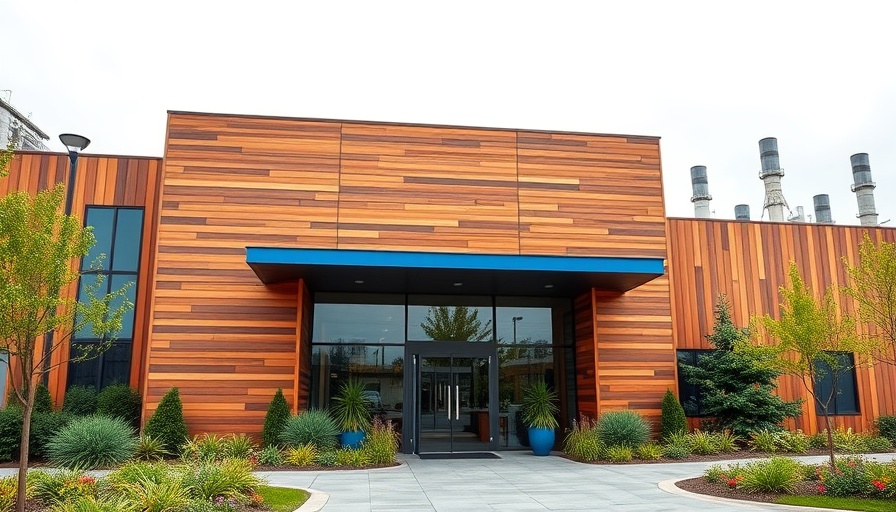
The Surge in AI and Robotics Funding for Construction Tech
In a remarkable turn of events, investment in construction technology surged to a staggering $3.55 billion in the first quarter of 2025, with a notable 55% of that funding directed towards artificial intelligence (AI) and robotics. This shift represents a significant departure from trends observed in 2024, where less than 30% of total investments were allocated to AI advancements.
Understanding the Investment Landscape
The data from Nymbl Ventures highlights these revolutionary changes amidst a relatively conservative venture capital environment, where only about 30% of investments have gone toward AI across various sectors. In contrast, construction technology stands out with AI capturing 46% of total funding, a dramatic rise from 25% in 2024 and under 20% in 2023. This paradigm shift not only signifies increased interest but also reflects broader trends in technology adoption within the construction industry.
Classification of Funding Categories
Nymbl Ventures categorizes the investment into three primary areas:
- Building Tech: Innovations aimed at developers and operators of commercial and residential properties, including advancements in HVAC systems, structural components, and carbon management technologies.
- Infrastructure Tech: Technologies that optimize the management and maintenance of infrastructure assets, such as roads and bridges, emphasizing efficiency and sustainability.
- Construction Tech: Solutions tailored for the construction process itself, focusing on workforce management, project financing, and preconstruction efficiency.
Exploring Future Trends in Construction Investment
The increasing allocation of funds to AI and robotics heralds a transformative era for the construction sector. As property developers and facility managers navigate competitive markets, the adoption of sophisticated technologies can drive operational efficiencies and reduce costs significantly. For instance, AI-enhanced analytics could streamline decision-making processes, while robotics could facilitate swift and precise task execution on job sites, mitigating labor shortages and improving safety standards.
The Value of Embracing Technology in Construction
For executives and business owners tasked with strategic investment decisions, understanding the implications of this investment trend is crucial. Greater incorporation of technology not only aligns with sustainability goals but also presents opportunities for innovative solutions that enhance project delivery timelines and maintain cost efficiencies. As the industry leans toward more intelligent project execution models, stakeholders should actively consider integrating AI and robotic capabilities into their operations.
Common Misconceptions About AI and Robotics in Construction
Despite the promising outlook, misconceptions about AI and robotics prevail, often centered around fears of job displacement among workers. It is crucial to recognize that while automation may reshape job requirements, it also creates opportunities for upskilling and new roles that leverage technical expertise. By understanding the synergy between human efforts and technological enhancements, construction firms can navigate this transition effectively.
Your Path Forward: Making Informed Investment Choices
As the construction industry continues to evolve with these innovations, it’s imperative for executives and facility managers to stay informed about emerging technologies and their potential impacts on operations. Observing successful case studies and benchmarking against industry standards can guide strategic investments in AI and robotics, ensuring sustained growth and competitive advantage.
 Add Row
Add Row  Add
Add 




Write A Comment